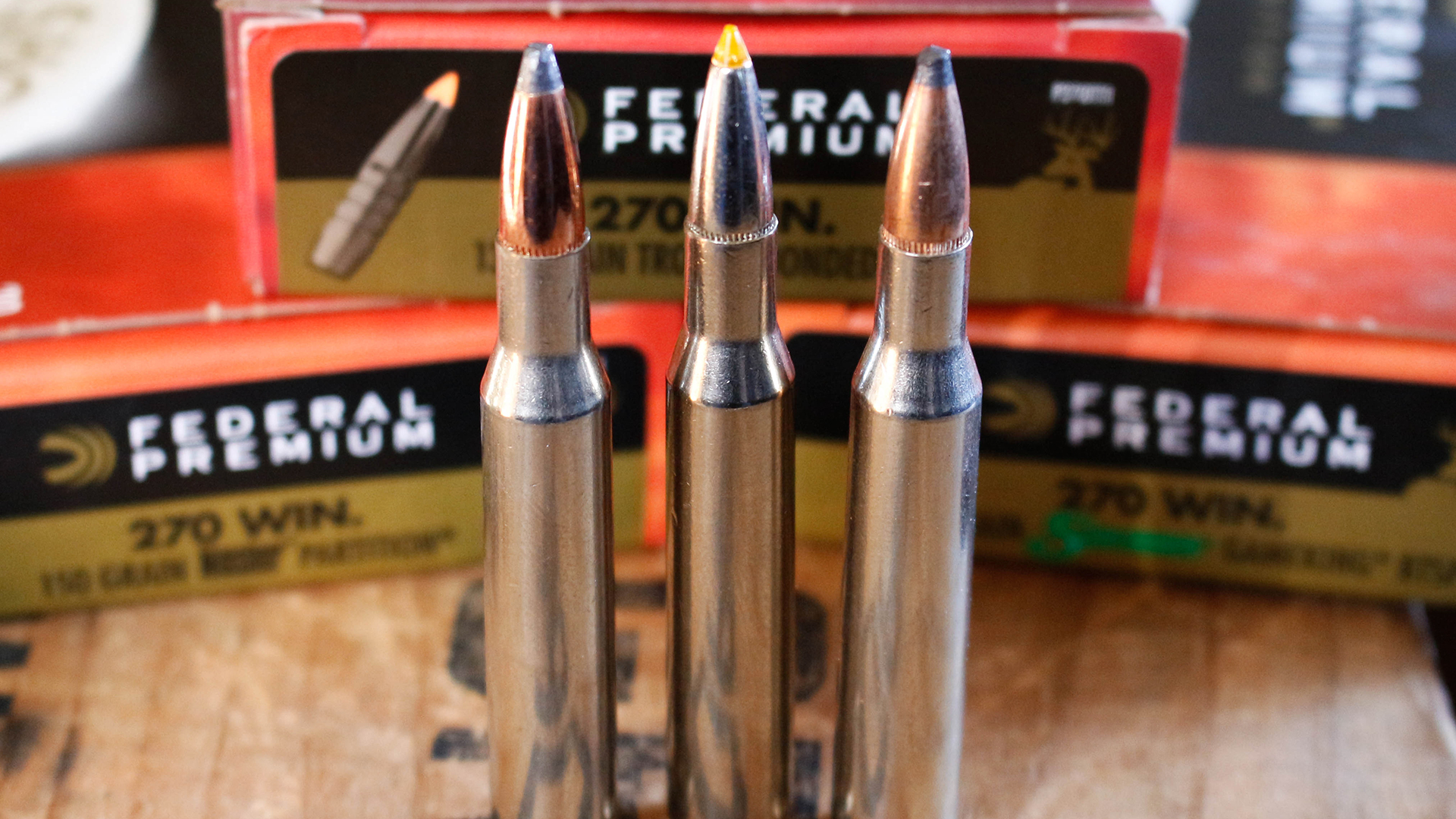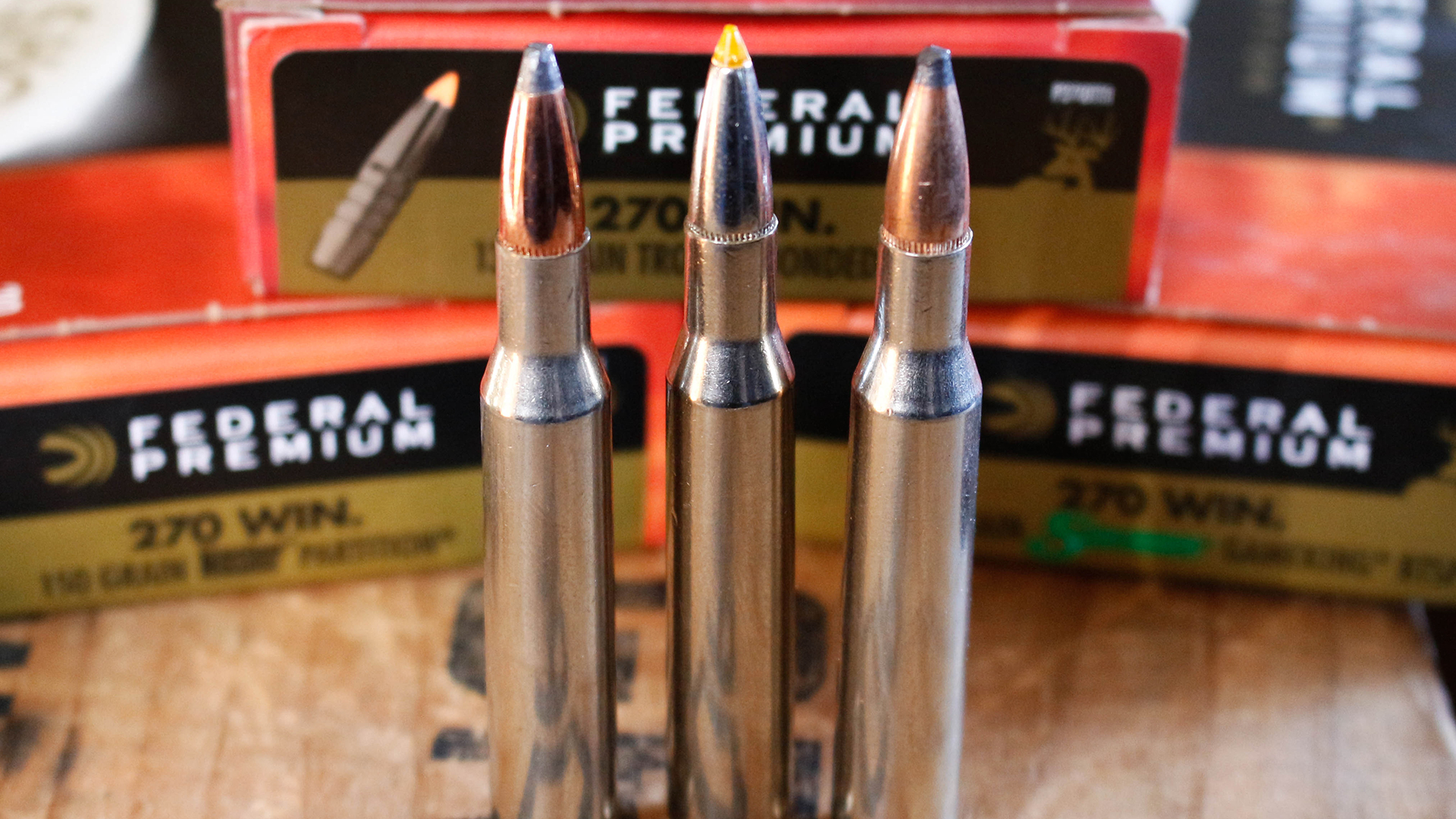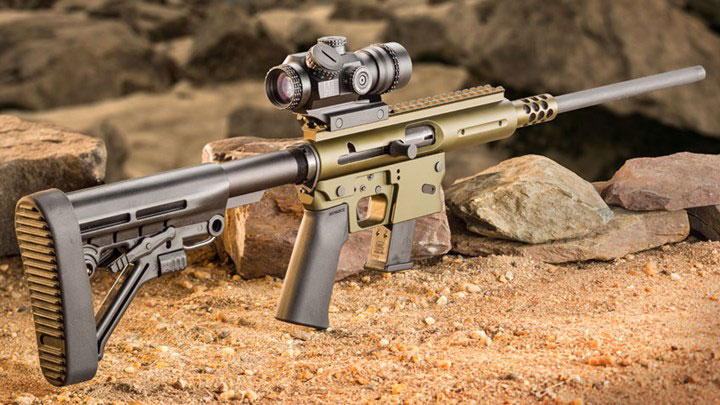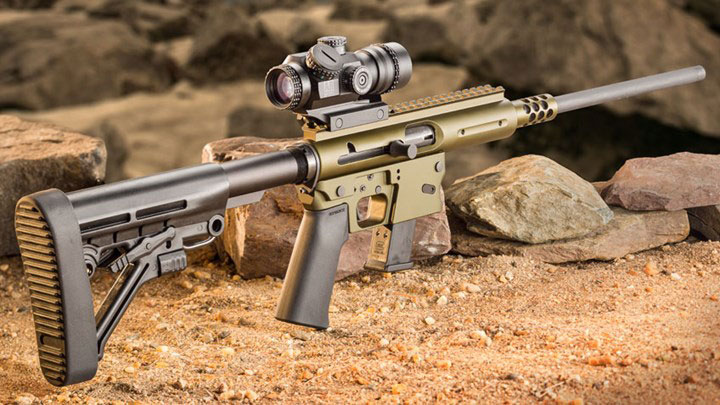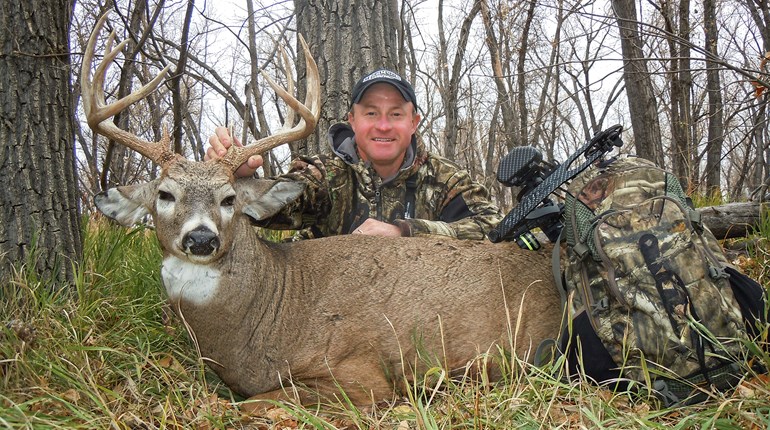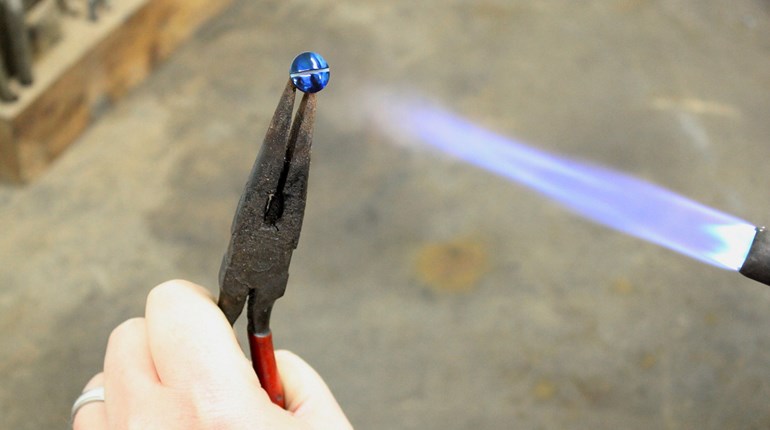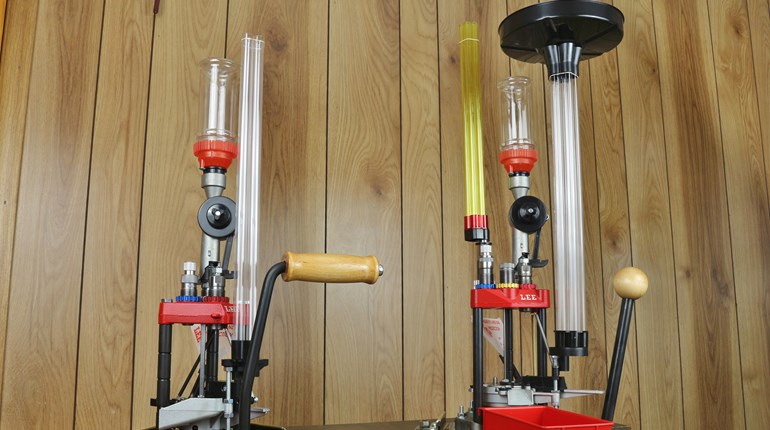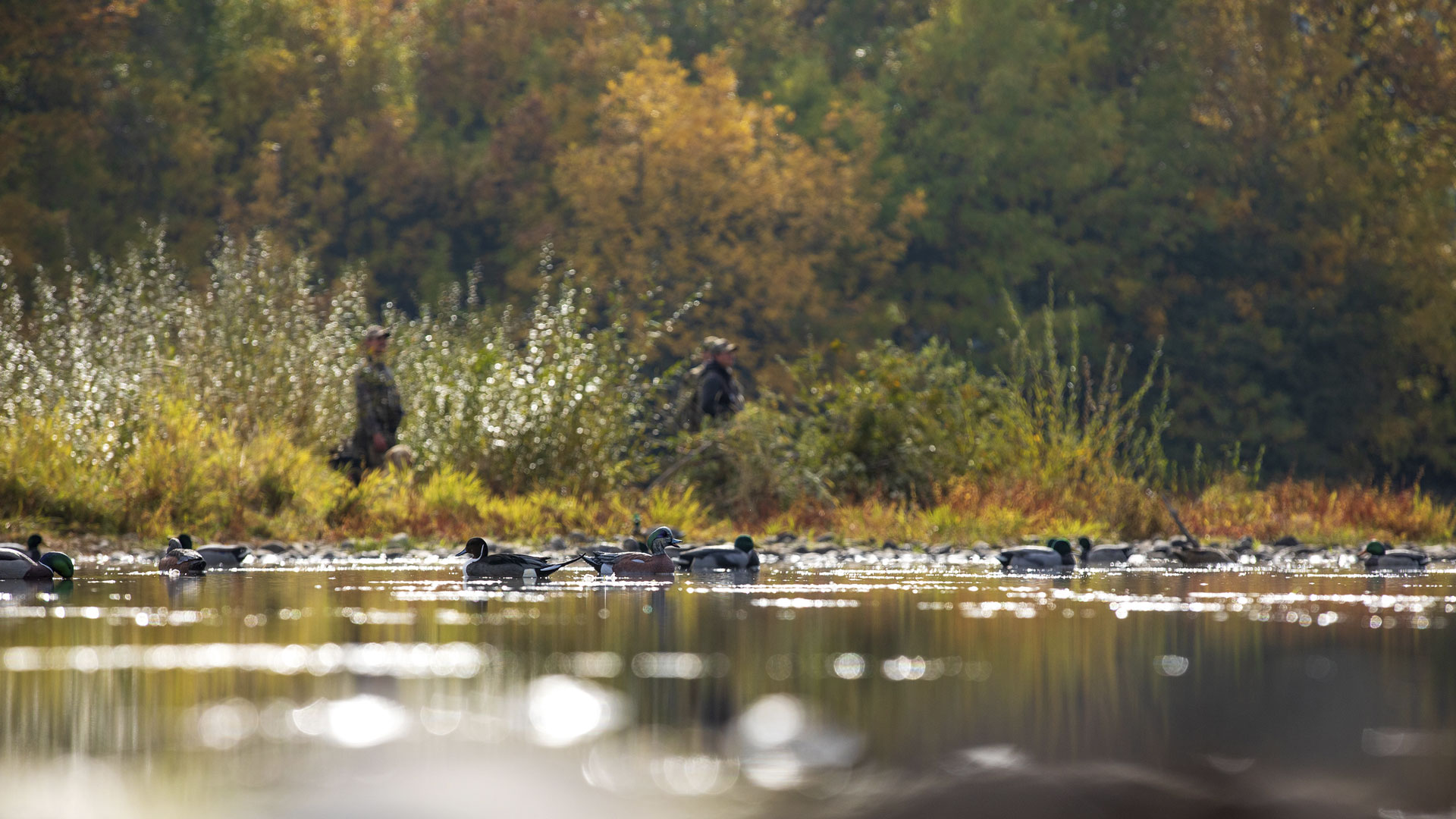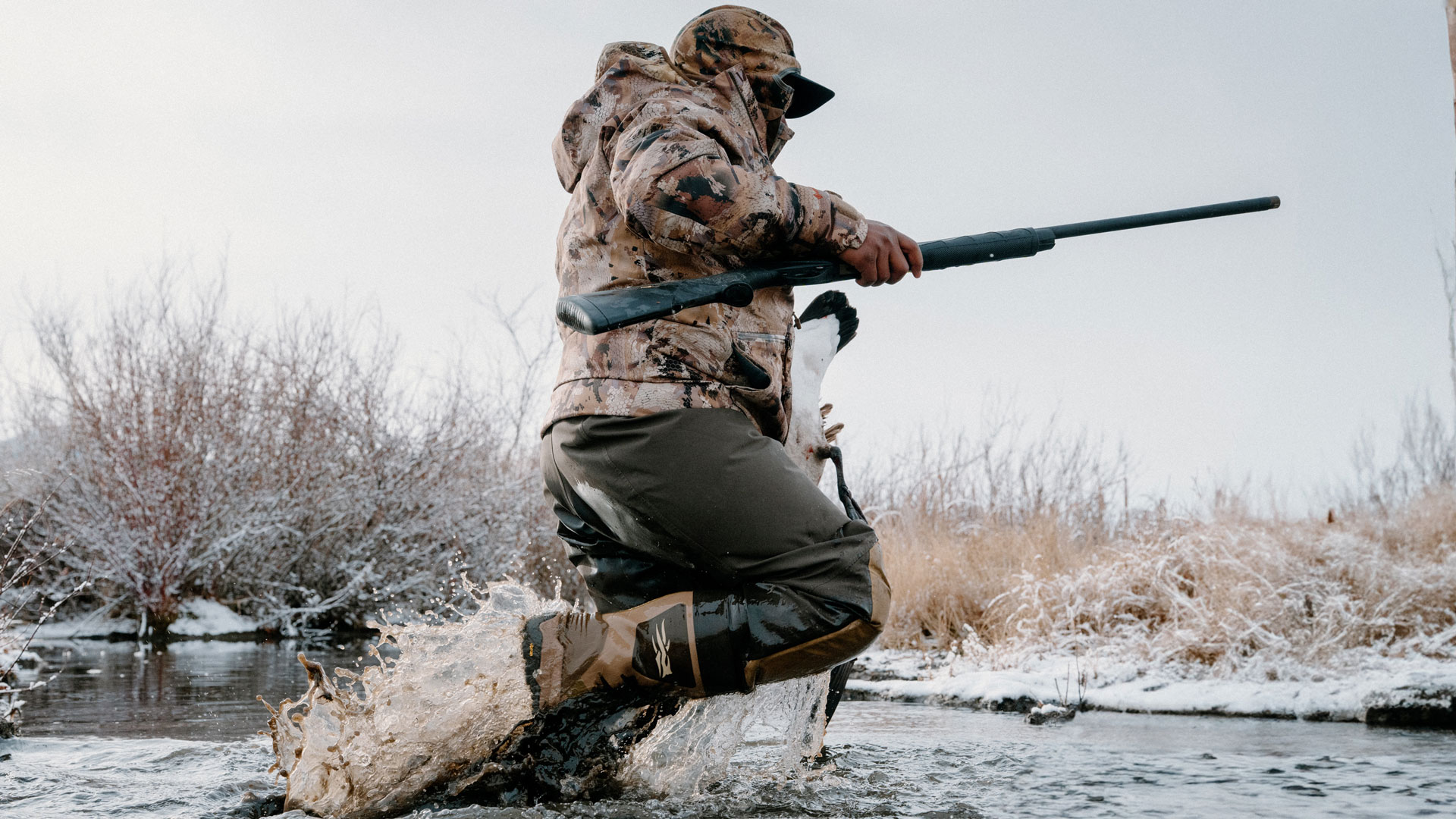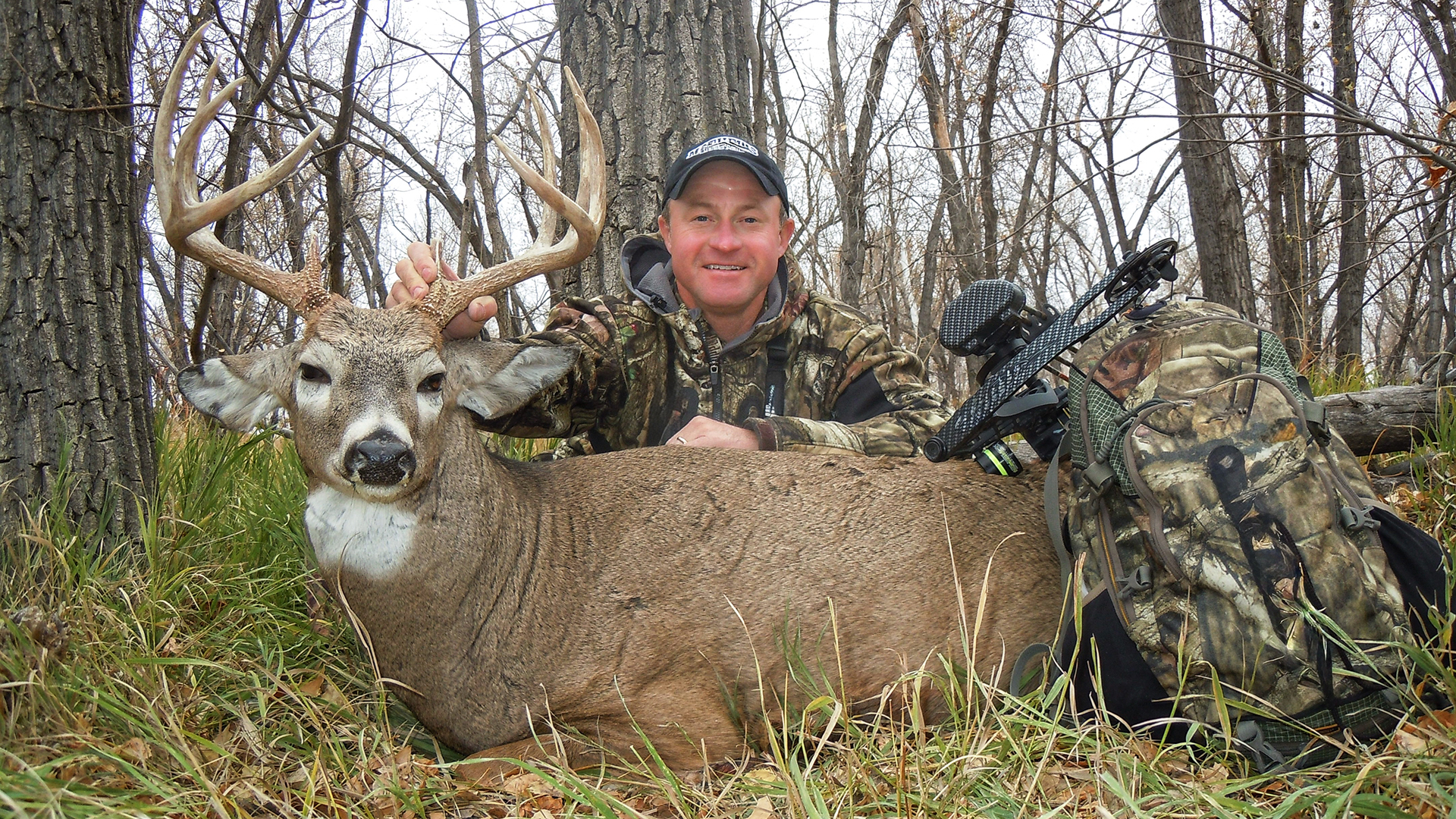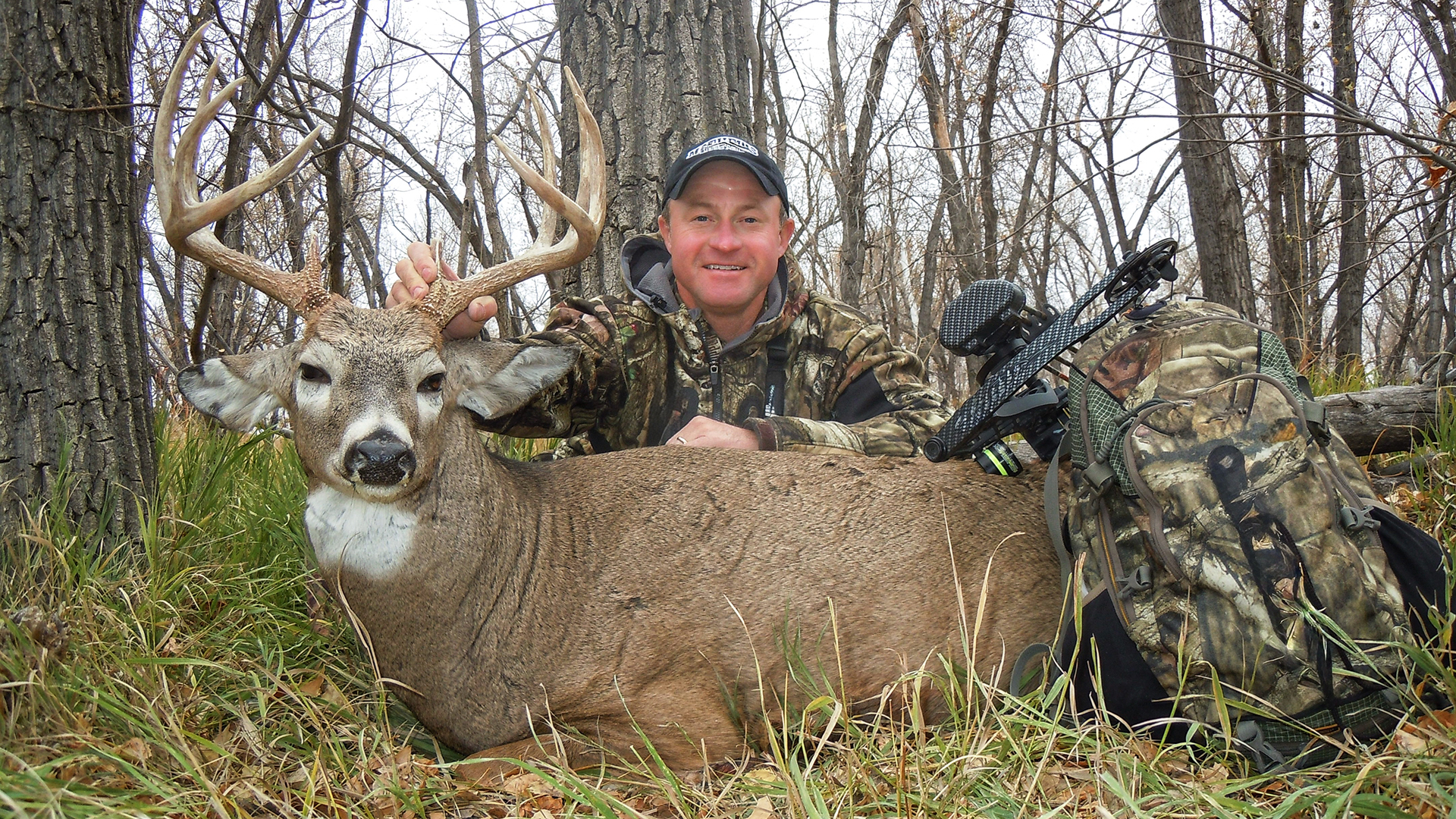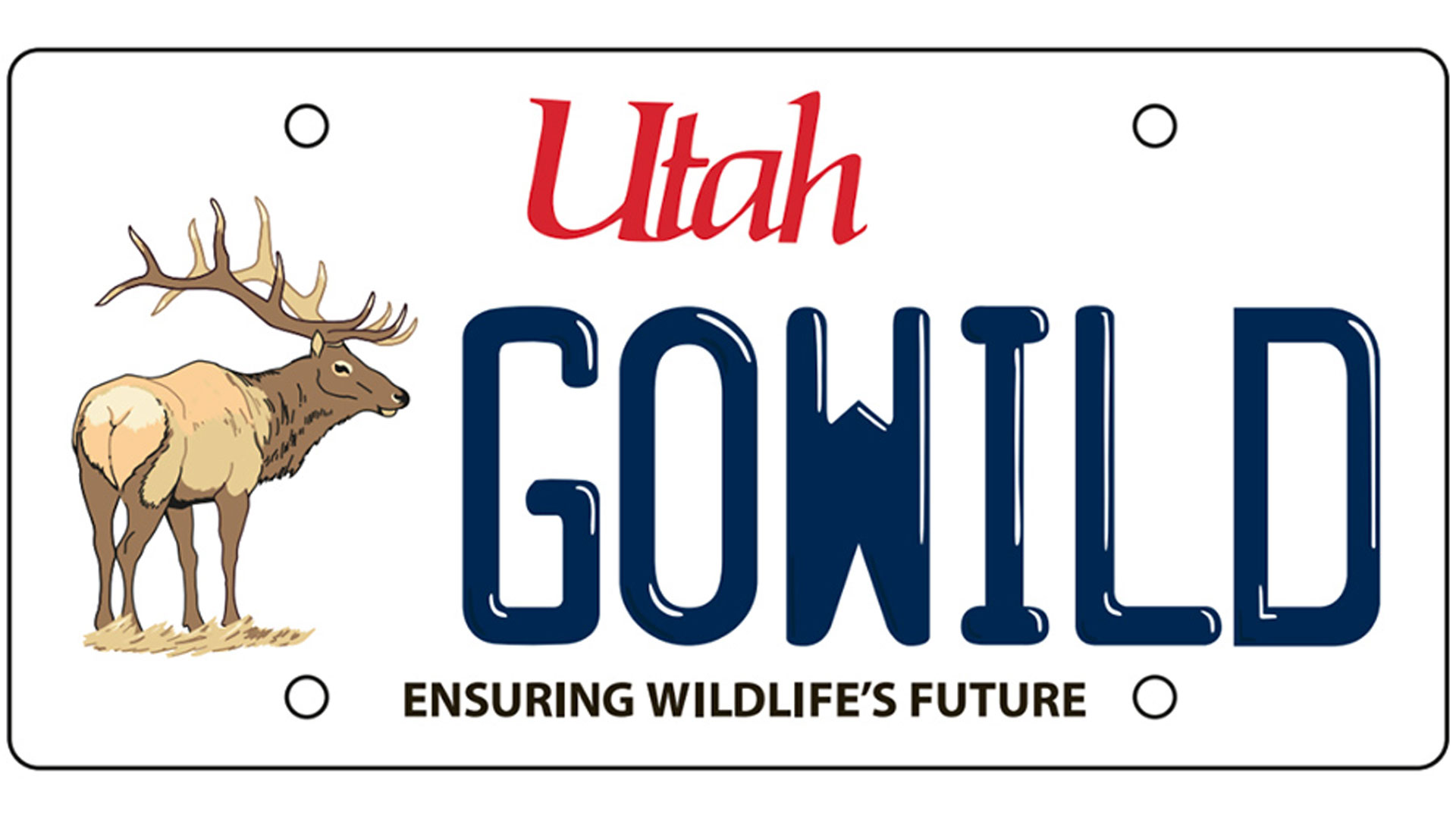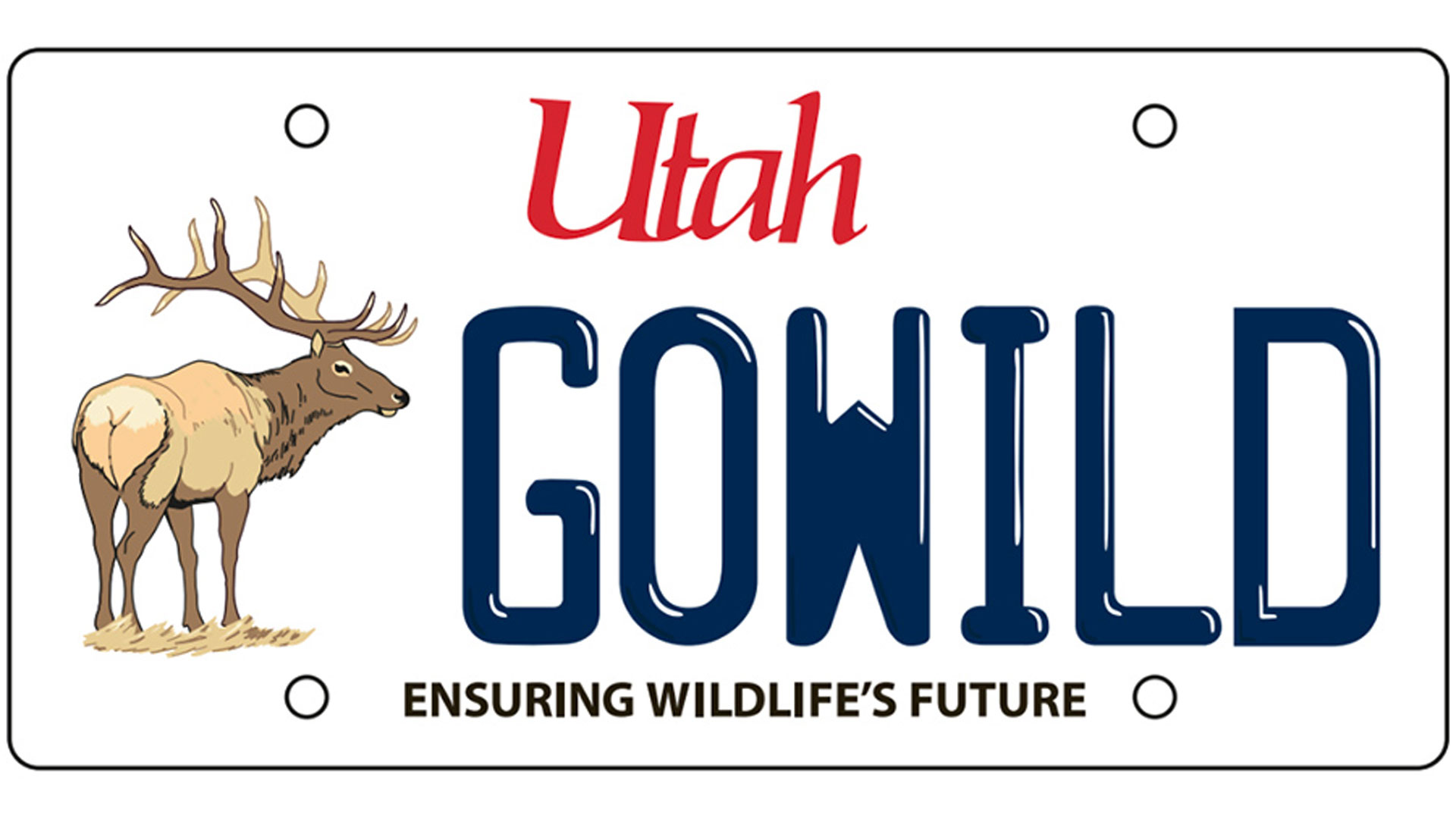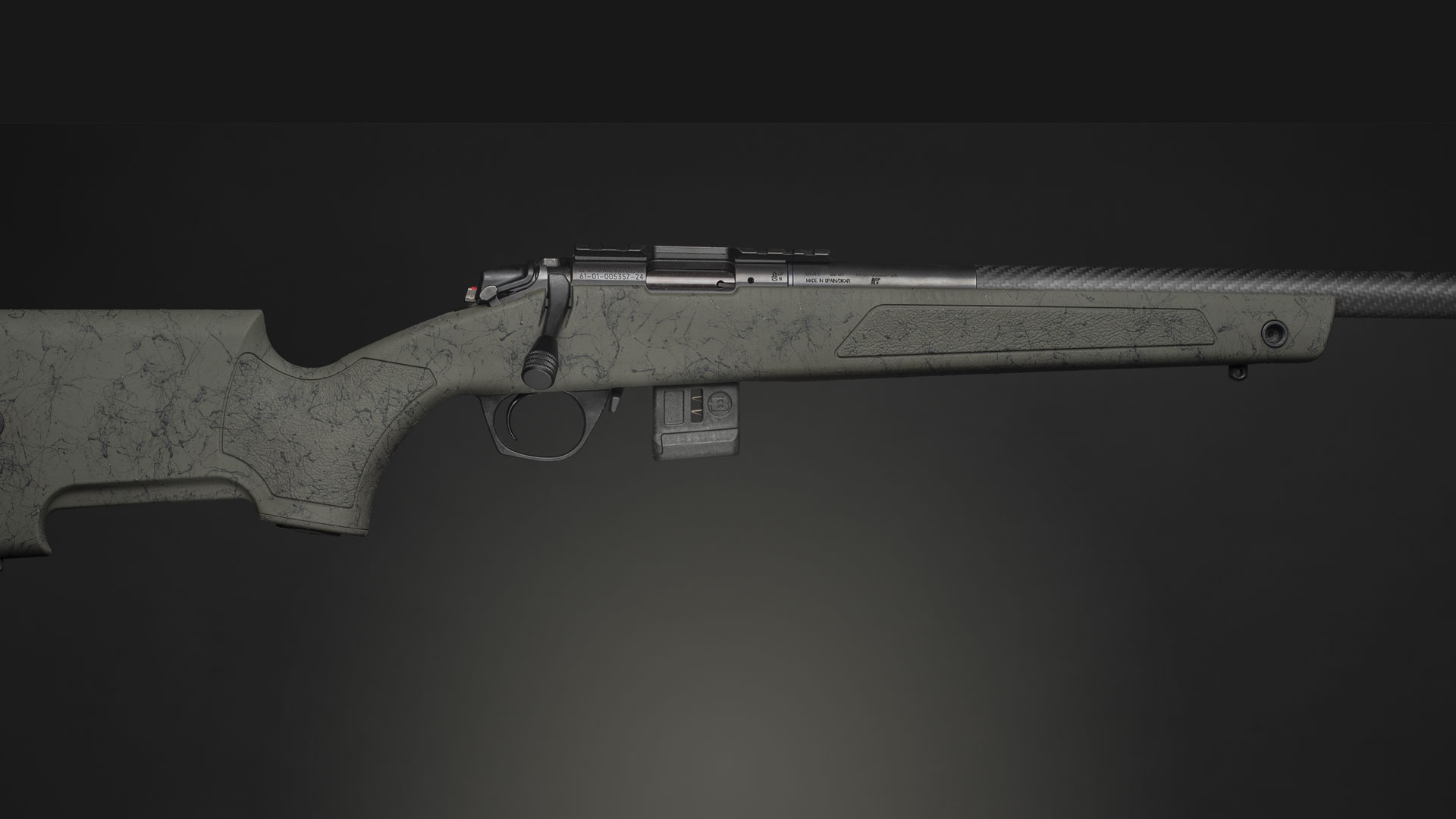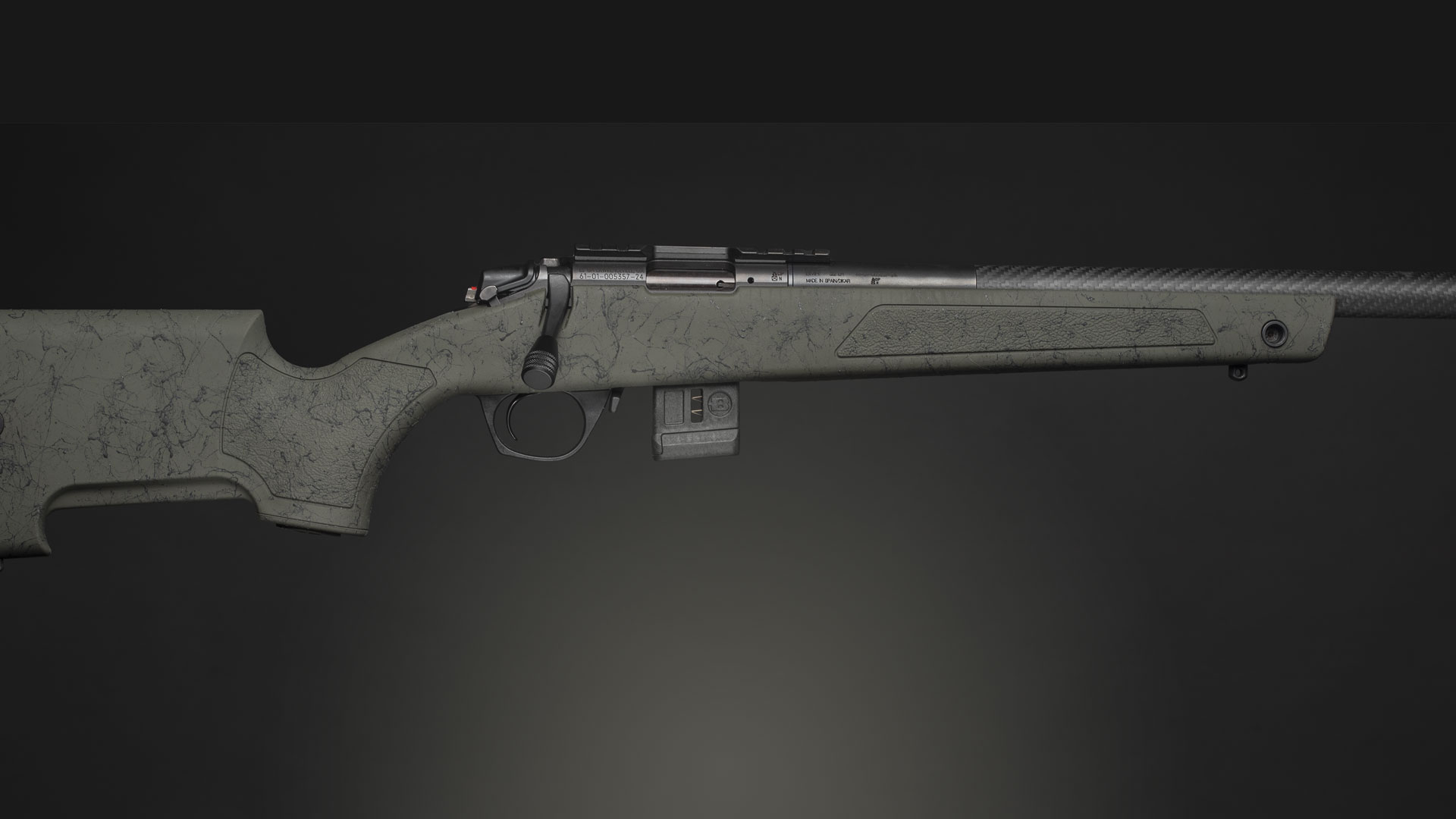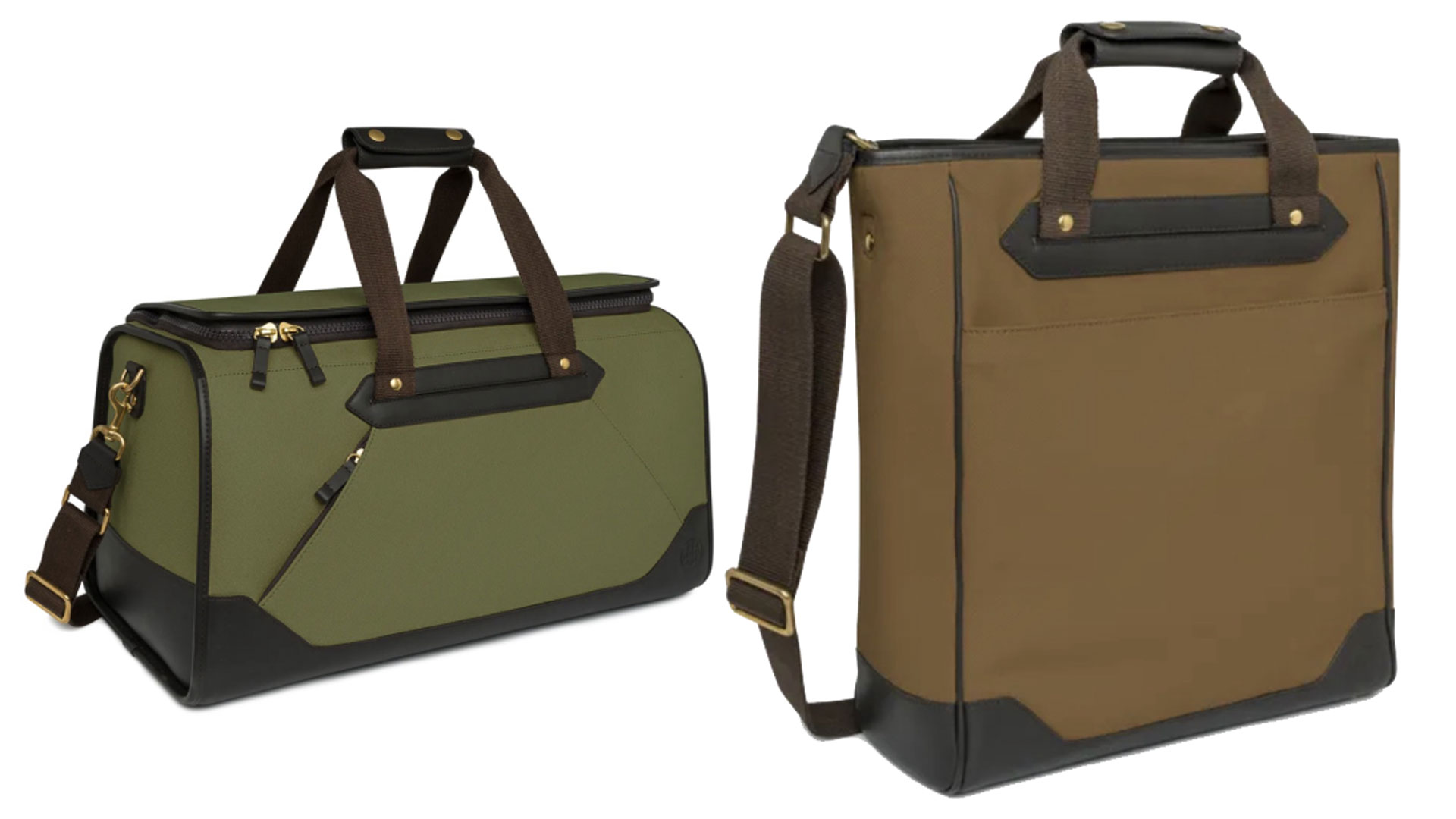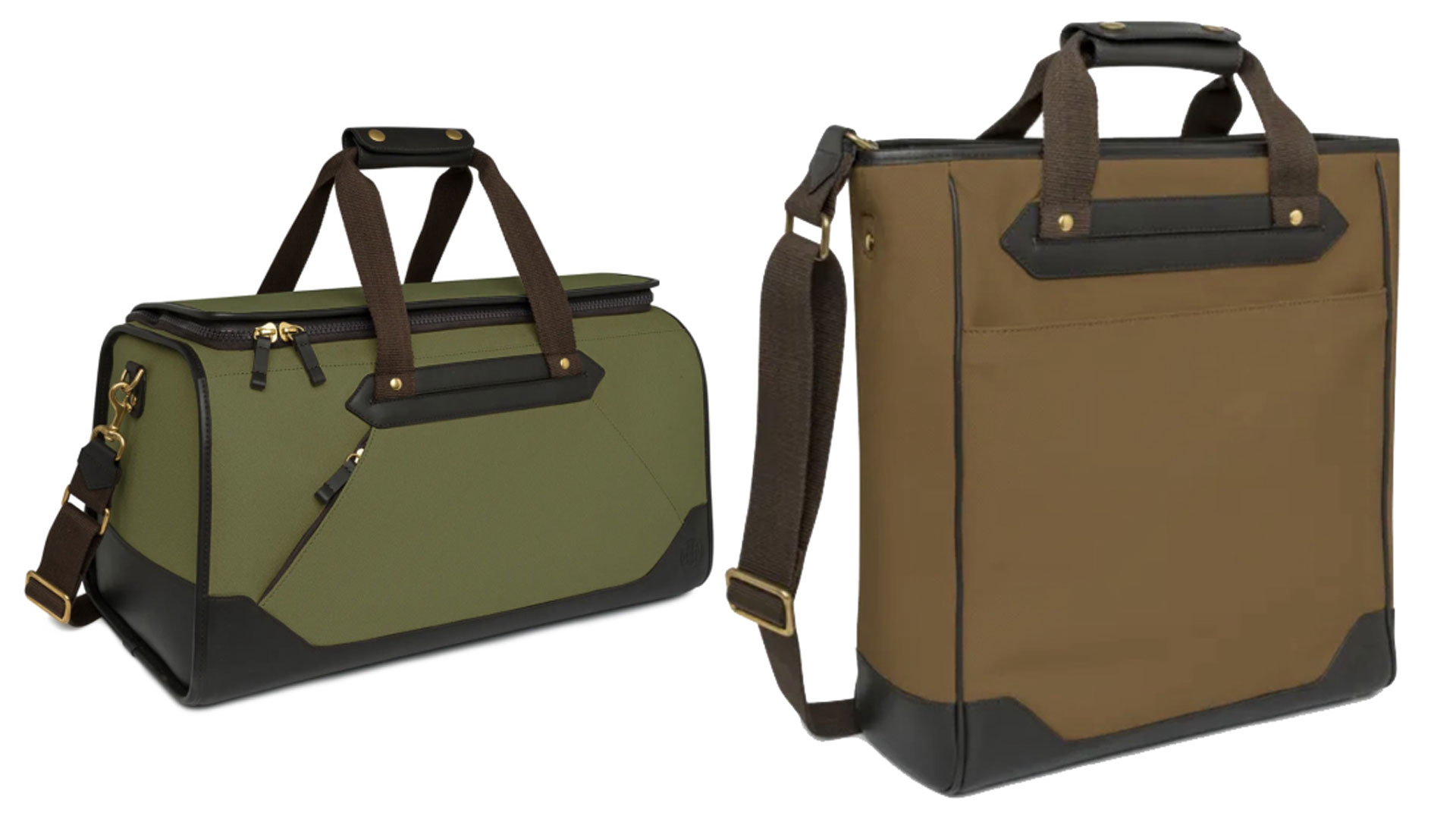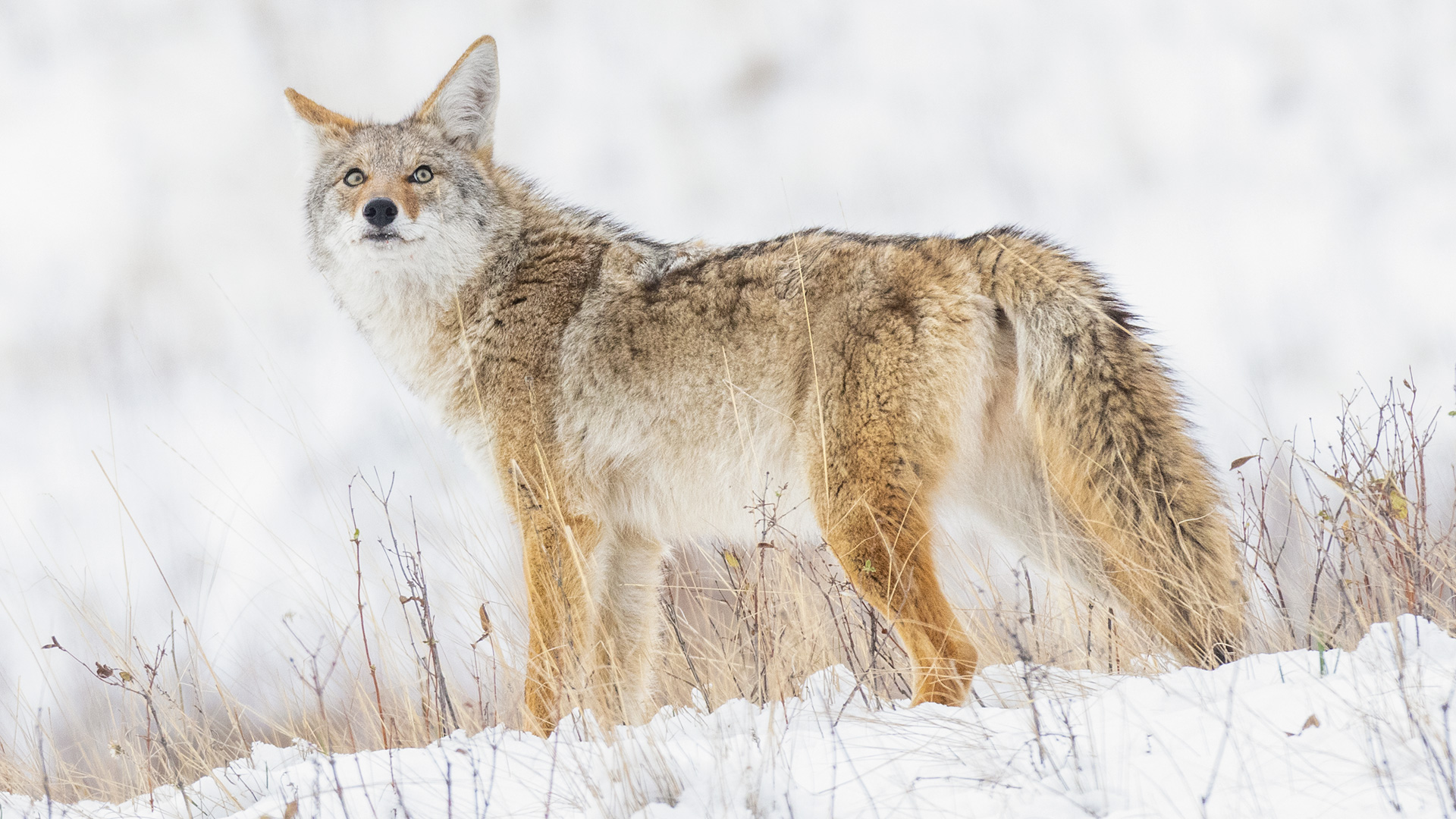
Think about it: Nearly every conversation you engage in leads to the topic of weather at some point. Why? It affects many of the decisions you make when scheduling your day. Office workers must consider whether to grab an umbrella before leaving home; remote workers must adjust thermostats depending on the outside climate; outside-working warriors need to prepare for any work-limiting weather phenomena.

Weather starts any conversation. Let it start your conversation regarding your next coyote hunt, so you create the perfect plan of action.
Bluebird Days
Who does not appreciate a bluebird day while calling coyotes during winter? The coyotes appreciate it as well, especially if they live in the snowbelt. Two scenarios play out on sun-filled days. First, coyotes in cold climates could post up in south-facing, thermally warmed zones to soak rays. On windless days they may take a high vantage point with occasional peeks to scan for danger. Secondly, in temperate climates their prime fur could cause discomfort from the solar heat. Shade may be the answer. Keep this in mind as you consider location options.
Location: Take your pick of locations depending on wind direction with the two cautions outlined earlier. With a colder forecast the real clincher is getting into position without being seen by a coyote perched high in the open with tanning in mind. As you move toward a calling location use any timber, depressions or hills as barriers to hide behind, thus masking your approach. Also consider whether placing an electronic caller out in front of your position could expose you to a coyote’s surveying eyes.
In timbered settings or locales where coyotes may hole up in shade, your location challenge lies with finding a setting that gives you sufficient shooting lanes. You must spot and tip over a coyote before it can circle downwind. Bet on an educated coyote using any vegetation or terrain to approach you invisibly to investigate a call.
 On bluebird days, coyotes may seek shade in the South and sun in the North. The author called in this coyote using rodent distress sounds.
On bluebird days, coyotes may seek shade in the South and sun in the North. The author called in this coyote using rodent distress sounds.
Strategy: On a bluebird day the door is wide open for calling sounds. Typically, I start stands with a lone howl to advertise another coyote in the area. In the midday you may want to avoid this if coyotes do not howl in daylight, but in my ZIP code they howl at all hours. One of my most memorable sets last winter resulted in a coyote “howled in” at high noon.
With modest winds, a rodent commotion would be the next top consideration. The high pitch carries well and coyotes, like all predators, measure danger while delivering the coup d’état. Rodents, like mice or gophers, present little danger in dinner gathering.
Last winter I started a setup at daybreak and 20 minutes into the set I spotted a coyote circling wide out of rifle range. Nearly an hour later that coyote appeared behind me (thank God for a calm wind) and I V-Maxed it at 80 yards.
Umbrella or a Show Shovel?
Deer GPS studies show weather has negligible effect on movement. Although for years everyone believed deer hunker down, they simply moved in different habitat or at a different time of day. Regardless of the weather, deer moved.
Coyotes likely follow a similar schedule based on their metabolism and the need for fuel to stay warm. Moisture is one factor they need to contend with, and it factors into their travel decisions.
Living in an environment where snow is present seven to eight months out of the year, I am familiar with animal reactions to it. Year-round, my dog accompanies me on hunts. I use him as an attractant, but also as a snow-depth barometer. I watch how he reacts to snow because it gives me an indication of how coyotes may view the fluffy stuff.
As for rain, I follow a gut rule: When it pours, coyotes do like humans and hole up. Heavy snow evokes a similar subdued response. However, in a lesser moisture event, bet on coyotes moving. They may move into canopy cover to avoid exposure, but at some point the need for calories to keep the fire burning inspires them to hunt.
Location: For snow, particularly fluffy, deep snow, I look for the path of least resistance. Coyotes do the same. A study from the U.S. Forest Service Rocky Mountain Station on the effects of snowmobile trails on coyote movement as associated to the home range of lynx found that coyotes were considerate of overall conditions even if they did not follow the snowmobile trails.
“Behavioral adaptations may allow coyotes to travel and forage in deep-snow environments despite their relatively high foot-load. We observed coyote tracks on our survey routes more often in areas where snow was generally more supportive and backtracked coyotes demonstrated strong selection for shallower and more supportive snow conditions than randomly expected.”

Windblown ridges, canopy-covered north slopes and open, south-facing slopes with solar melting power all garner my attention. These areas exhibit less snow depth or no snow at all, thus giving coyotes more miles per mouse.
Regardless of the snowmobile trail research, coyote track evidence on pathways plowed by tractors toting hay to livestock and on elk trails in deep snow tells me coyotes appreciate a packed path. When that path leads to a worthy hunting area, you have located a vetted coyote calling site.
With a cold drizzle, consider your latitude and how the moisture amount, combined with temperature, will affect coyotes. In a heavier event, scout protected areas and consider calling near cover. Tree canopies and thicker brush may provide enough relief from the drizzle, for you and coyotes alike, plus provide a rodent dinner for active coyotes.
Among more sporadic moisture, a northern coyote could be anywhere. Drizzle equates to warmer temperatures and that means a heatwave for coyotes used to subzero morning starts. Regardless, look for those habitats that provide hunting along with security from human predation. Swamps, wetlands and grass-filled pastures offer this duo, even in open country.
Strategy: After choosing an area with ample calorie-saving travel options for your quarry, get high and set up with ample overwatch opportunities. My go-to startup would be a lone howl that is not too intimidating but serves as an irritant. It lets area coyotes know a visitor has arrived. Wait for up to 30 minutes without another sound.
After 15 to 30 minutes, add prey in distress, such as a bawling deer or goat, then wait another 10 minutes or so. If still nothing appears, add the sounds of coyotes fighting and near the hour mark close out with lone howls.
My strategy for cold, drizzly days is to slip farther into a coyote’s domicile. Not only will rain erase scent, but it dampens vegetation that could be crunchy, thus my presence is masked. Plus, fog may accompany drizzle, further diminishing another sense of a wily coyote.
After pushing into a coyote’s lair, starting out with soft calls makes sense. A big, bold howl could alarm a coyote resting less than 100 yards away. Instead, consider rodent squeaking and transitioning to a high-pitched call that carries, but does not alarm. Bird distress, the earlier rodent distress and even whimpering puppies have potential.
Subzero Santa Weather
Like the previous snow scenario, you may not face subzero if you hunt primarily along the nation’s southern latitude. You have my permission to return to Facebook or skip to the last forecast. For the rest of you, bundle up. Wintry weather associated with high humidity or plunging temperatures preceded with a minus sign can affect coyote movement. Firsthand accounts, from me and others, point at coyotes not appreciating frigid weather. Nevertheless, it is not a showstopper.

When the temperature plummets, you feed yourself, your dog and your horses—and even your house requires more fuel. Coyotes also need fuel. They require more calories to maintain simple bodily functions, plus survive. In that same thread, coyotes, like many species, understand that not moving also saves calories. In the winter, whitetail deer may stay bedded 70 percent or more of the day to conserve energy. From my own accounts, I routinely experience a lull in coyote activity on severely cold mornings until a crucial element appears: the sun.
Last winter I slipped into a ridge above a herd of cattle where coyote sightings were regular. At shooting light, I started theatrics to imitate coyotes killing a calf. After an hour, I drew only the cows as an audience. An hour later, I had moved to another location on the next ridge. Coyotes immediately howled back and were basking in the morning sunrise. One stopped basking long enough to investigate my rowdy coyote scuffle and never had to worry about the cold again. Solar power jumpstarted the coyote action. It is an occurrence my fellow hunters routinely share with me.
Location: In severe cold I immediately consider all reliable food sources coyotes may utilize. Tops on my list include livestock feeding areas, wintering herds of wildlife, suburban geese and domestic animals found around outbuildings. Plus, I search out habitat that would harbor rodents, small game, deer and birds that coyotes could easily target. Dense grasslands, brushy draws, thickets, marshes and timber edges all garner attention.
Strategy: Oftentimes, coyote hunters overthink what call they should advertise based on what a coyote might hunt in the area. Do not overthink. When the mercury crashes coyotes simply want an easy meal. In most situations, any prey in distress will work if the coyote hearing the message is motivated enough to engage. As fur season progresses, I always avoid what I feel the average predator hunter pushes for sounds. Oddball wins it for me and my calling partners. One partner of mine routinely uses piglets and raccoon and squirrel distress sounds, among others.
One strategy I add to many sets is the sounds of feathered scavengers. In good or tough times, coyotes look to the skies for the sights and sounds of scavenger birds. Adding the sounds of ravens, crows, magpies or jays attracts those birds, and coyotes looking for clues to the next meal. It builds coyote confidence.
Winds of Change
Any Weather Channel breaking news event can be the final nail in your coyote hunting coffin. Wind, alone or in combination with any of the above, has more shutdown power than the government shuttering businesses during the recent pandemic.
First, high wind thwarts the range of your calls, mouth or electronic. The sound simply does not carry as far and that diminishes the acres you call, thus minimizing the population of coyotes able to hear your sounds. Next, evidence suggests that coyotes may not wish to move about as much while the wind blows. It weakens their senses. Wind creates other noises causing coyotes to feel more vulnerable to peril. Gusty winds swirl scent that coyotes use to detect danger.
 As fur season progresses don’t overthink what call to use; think prey in distress and avian scavengers. Remember wind will limit any call’s range.
As fur season progresses don’t overthink what call to use; think prey in distress and avian scavengers. Remember wind will limit any call’s range.
Coyote researchers in western Nebraska were studying the performance of trail cameras for data opportunities when they concluded: When the wind blew they captured fewer coyote images. “Because wind speed has a negative correlation with detection probability, we suggest that wind speed may interfere with olfaction performance of a largely olfactory‐driven predator.”
It’s likely coyotes reduce their movement during an abnormal wind event. My general rule is that when winds begin racing above 20 mph, coyote hunting tends to go south fast.
Location: When you have an investment in your coyote trip and need to continue the hunt, be on the hunt for wind refuge habitats. Scout for deep canyons, brushy draws and other geographic features that act as natural windbreaks. Heavy forests and large timbered woodlots break the wind, plus create sanctuary for coyotes trying to evade a bad hair day. On the Great Plains and in open areas, miles of shelterbelts not only break the wind but attract coyotes seeking a respite from gales. Cattail sloughs offer similar relief when coyotes burrow into their depths. Lastly, the leeward side of any large topographical entity assures some relief from battering winds.
Strategy: The good news is with a wind-in-your-face approach, coyotes will not smell you, nor hear you in the din of the distracting winds. Once you locate a site with ample coverage, avoid the temptation of going to a “This is Spinal Tap” volume setting of 11. In tight quarters you never know how far away a coyote will be and too loud startles even the bravest of coyotes. Also avoid howling since cautious coyotes in a wind tunnel typically reserve their communication skills.
Choose a prey-in-distress off your favorites list and begin on low or medium volume. As time ticks by, increase the volume. Unlike my earlier advice of staying an hour, 30 minutes should be enough time. Your sound will not carry as far. Any interested coyote will have enough time in a half-hour to decide whether to engage or ignore.
One afternoon a near-hurricane wind picked up while I was coyote hunting. For my last stand I descended deep into a canyon blocking the wind. Using Rocky Mountain Hunting Calls’ Big Raspy, I did not hold back on lung-pushed volume halfway through the set. With my volume on high, a brawny coyote nearly ran over me before I barked it to a stop and permanently set the parking brake.
A Hunting Partner for All Seasons
Having a partner along helps boost your confidence to cover your backside and help in case of a weather emergency. If you cannot find a partner, at the very least take along a coyote confidence-boosting partner in the form of a decoy.

Montana Decoy Company offers the Song Dog coyote decoy complete with a magnetic fluffy tail. This photo-realistic, 2D decoy provides the illusion of another coyote on scene. It works in tandem with your coyote vocalizations. Motivate coyotes further by adding coyote urine to the ruse. If you do not use vocalizations, add an antelope fawn, whitetail fawn or cottontail rabbit photo decoy from Montana Decoy. Used alone or combined with the Song Dog, these decoys can boost coyote confidence in an environment full of weather challenges.
HuntStand Helps You Know the Weather
Before the handheld immediacy of hunting apps helped in the weather category, I was on a first-name basis with Jim Cantore and the gang at the Weather Channel. Today the smartphone revolution allows instant updates on weather, especially while using hunting apps with precision forecasts built in like HuntStand.

Not only does an accurate forecast aid in whether you should skip a day, but the preciseness of modern forecasting also allows you to see hourly changes. Everything from cloud cover to changes in wind direction and rain to snow predictions affect your coyote game-day planning.
Honestly, if the weather does not look cooperative, I have no aversion to canceling a day of coyote hunting. As my own boss, I work when I want and play when the forecast shines favorably. But when traveling for a hunt, you need to make the most of every day. Forecasts provide the information to plot a plan with a higher probability of success or to cancel a hunt due to devastating, potentially harmful weather extremes.


